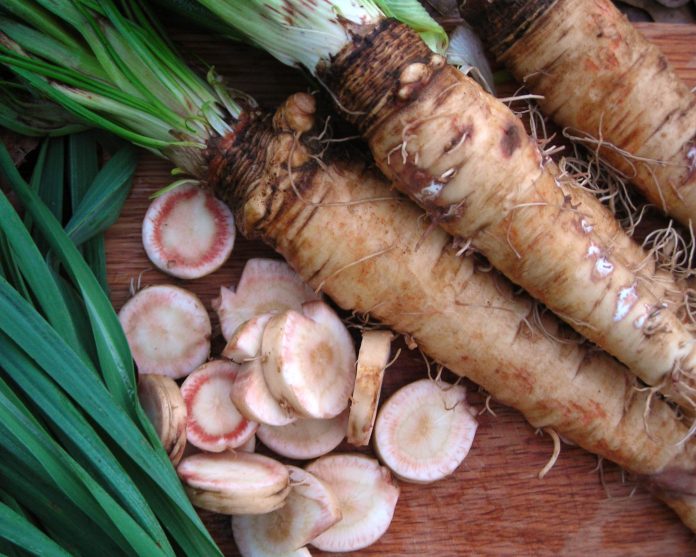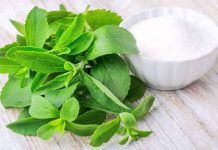You could be mistaken for thinking that you have been sent an awkward bundle of fat twigs in your weekly vegetable box. This in fact is salsify, an unusual but nutritious vegetable that can be eaten in a number of ways.
A History of Salsify
Rarely eaten again until recently, salsify is enjoying something of a revival, with celebrity chefs Gordon Ramsay and Hugh Fearnley-Whittingstall using it in their recipes.

It has in fact been eaten for hundreds and possibly thousands of years. According to the website “Harvest to Table” it was mentioned in a thirteenth century cookbook and became widely eaten around the Mediterranean in the sixteenth century.
Nowadays it crops up in farmers markets and vegetable boxes from the mid-summer, but is at its best around January when it develops in sweet taste while in the ground, as a result of the colder weather.
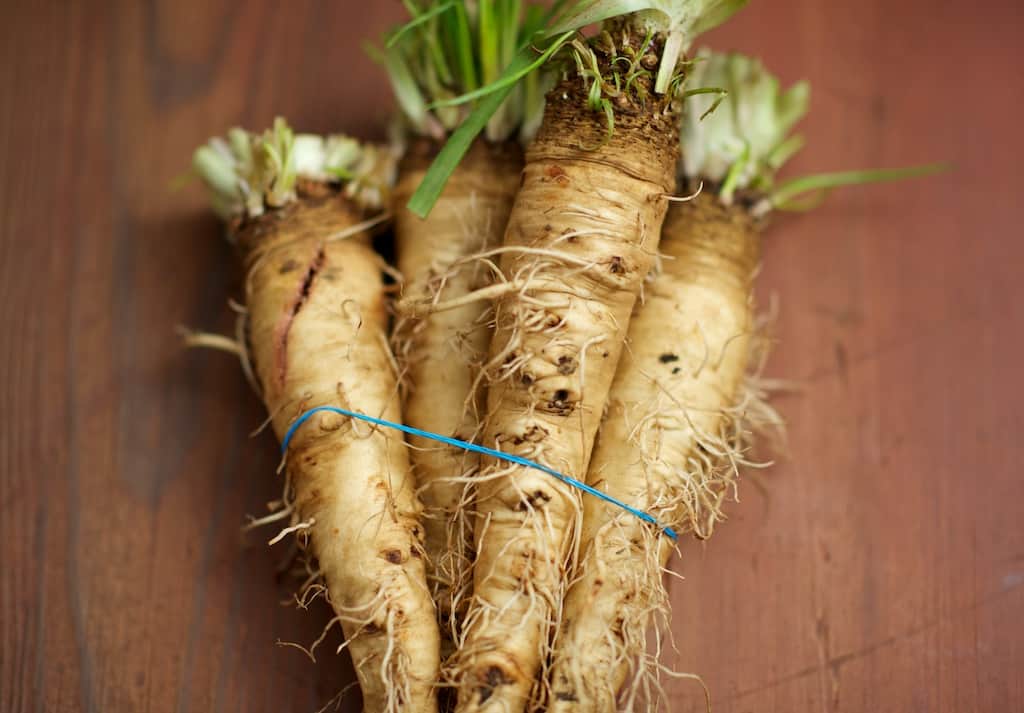
It is now regarded as a winter treat for its taste as its season is short, ending around February/March.
Salsify and Nutrition
Salsify is a root vegetable – it has a flower similar to that of a dandelion, and has dark woody brown skin that comes away more easily after boiling. The taste has been described as similar to that of an oyster, earning it the nickname “oyster plant”.
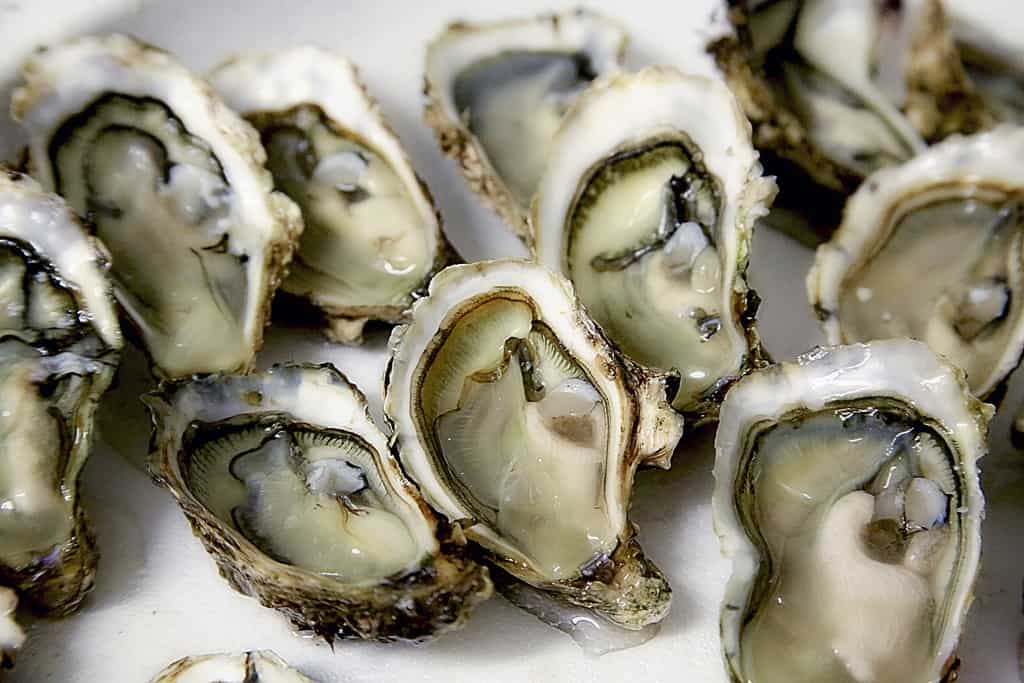
It has a creamy, sweet taste and a soft texture. Care must be taken when cooking, as it can turn to mush very quickly if overcooked. Salsify must be stored in the fridge where it will last up to two weeks. At room temperature the root will deteriorate more rapidly.
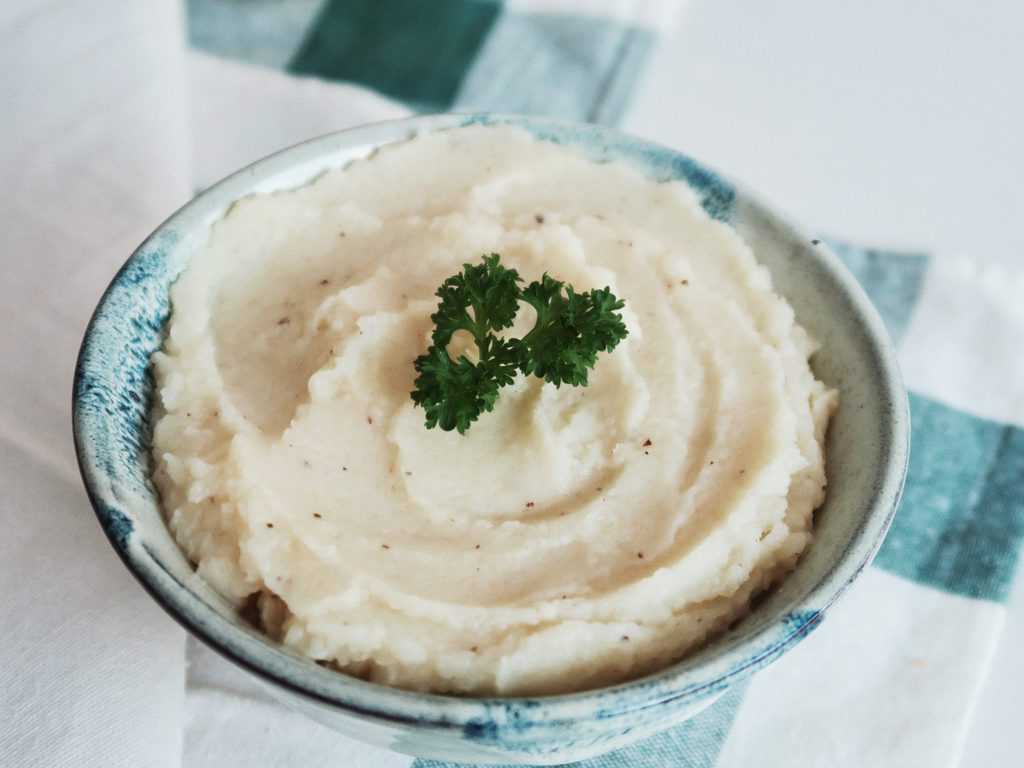
Salsify is high in fibre and low in fat. It contains no cholesterol and is also low in sodium, making it a healthy vegetable to cook for the family. Its high fibre content makes it ideal for aiding digestion and it also contains the essential mineral potassium and vitamin B.
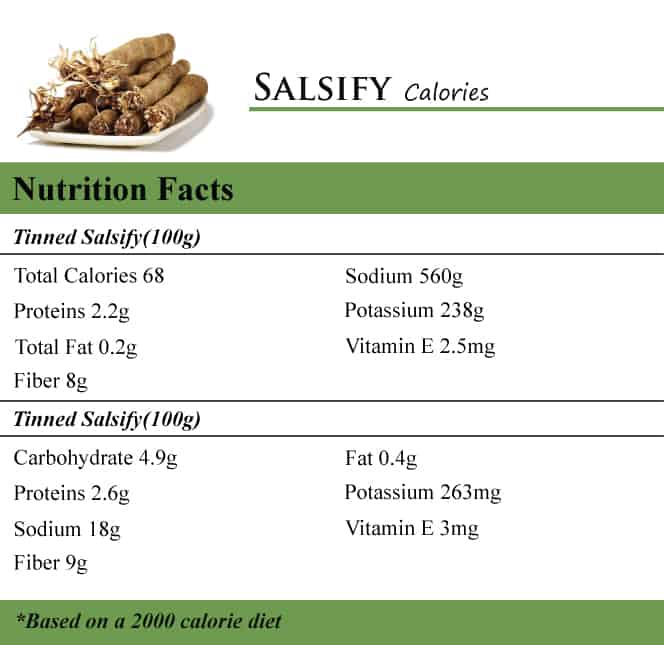
How to Cook Salsify
There are many ways to cook salsify, the most basic is to boil or steam it. Scrub the long tangly sticks, much in the same way as you would a potato. Trim the ends, and then cut into chunks around 10cm long. Place in a pan of cold water and bring to the boil.

Cook until soft in the centre -test with a sharp knife. When soft but not mushy, drain the dark cooking liquid and then squeeze the salsify by its skin. The dark skin will peel off easily. It can then be sliced and eaten as it is, mashed with a little butter or sauteed in a pan.
Although not considered a very attractive vegetable, it is worth tracking down salsify in the short season that it is available to try its unusual flavour.
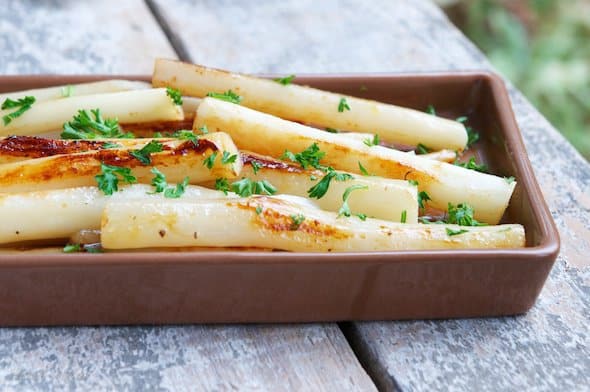
Its high fibre content makes it ideal in aiding digestion and it can be prepared in a number of ways. It is especially good served with fish dishes.


